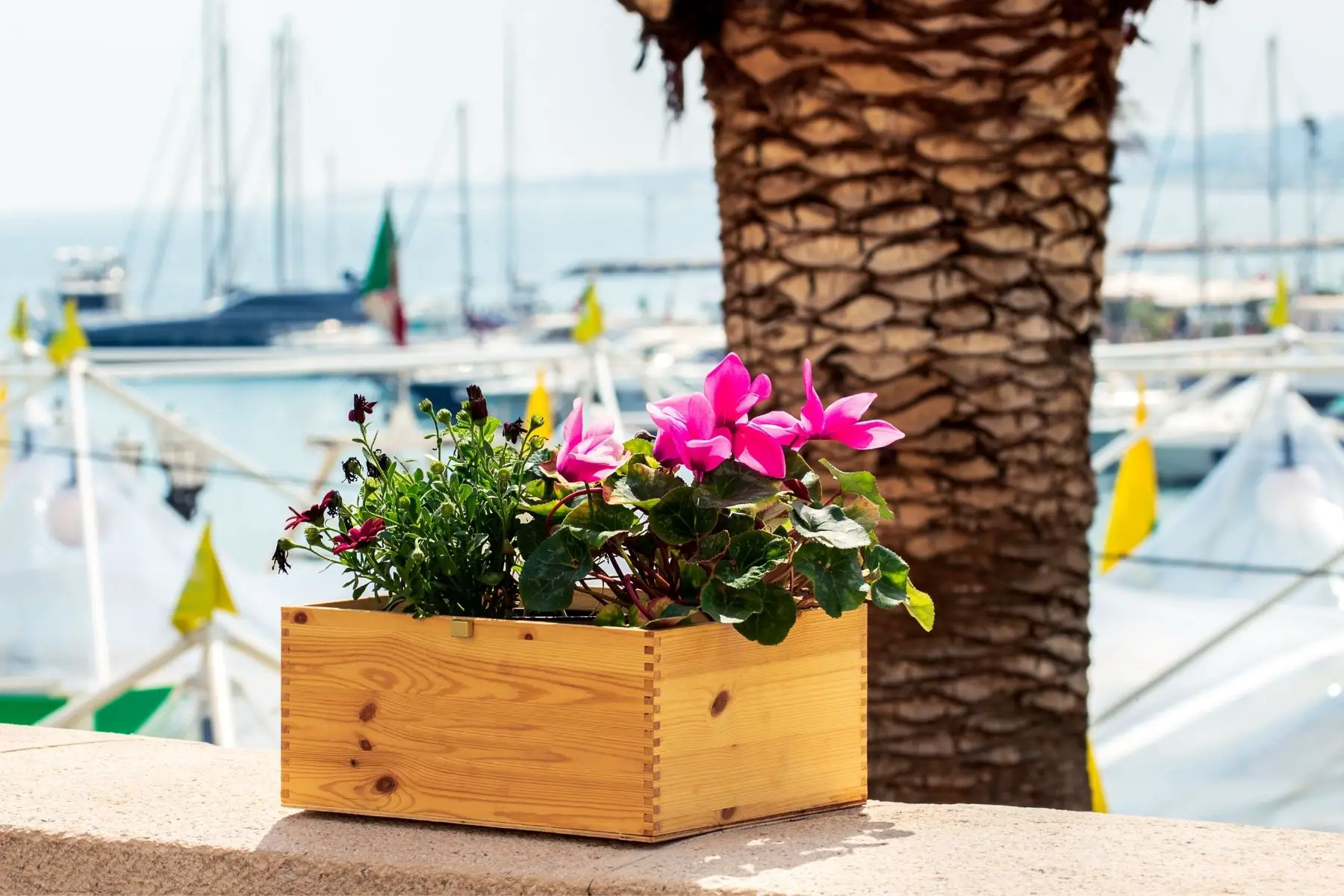Last Updated on June 13, 2022 by Real Men Sow
If you have limited space, a wooden planter can be a great option to create a garden bed for vegetables and plants. Your needs will dictate how the wooden planter fits in a corner. It is made from pressure-treated timber, so it won’t rot.
What To Do Before You Make a Wooden Planter?
Wooden planters can be made in just a few hours using treated timber. You will need to determine how large an area you require, then cut the wood to the required size. Then follow these steps to put the planter together.
Think Of Proper Drainage Before Making a Wooden Planter
To prevent plants from becoming waterlogged, make sure the planter is equipped with drainage holes. If you place your planter in direct sunlight, you might consider covering the inside with pieces of compost bag to help keep the compost moist.
Materials Needed For Wooden Planters
- Pressure-treated timber (5cm x 5cm), in lengths: 9 x 1m, 7 x 60cm, 23 x 40cm, 1 x 45cm
- Gravel board (15cm x 1cm, 3.45m length)
- Saw
- Drill
- 3mm wood drill bit
- Screwdriver
- Try square
- Pencil
- Tape measure
- Zinc-plated screws (75 x 7.5cm and 20 x 5cm)
Follow These Steps To Make AWooden Planter
- For a smooth finish, mark and cut the timber pieces to the right lengths. To stop wood splitting, use a 3mm drill bit to make a hole 2.5 cm from each end.
- To make the frame, lay out two 100cm, 60cm, and 40cm long pieces. Use the holes drilled on each side to join the ends of each length. Before fitting the screwdriver attachment, check the angles using the try square. Finally, attach 7.5cm screws to the frame.
- The treated gravel board should be cut to the right length for the planter’s bottom. Place the bottom boards on top of the frame. The planter will be lined, so don’t worry about gaps between the boards. The bottom boards should be pre-drilled. Next, make sure the frame is square. Finally, attach the boards to it using 5cm screws.
- Flip the frame so that the bottom boards are on the ground. Lay the next course, and then alternate the corners. Make sure all edges are straight and attach 7.5cm screws.
- This will create four layers. To support the raised square, instead of placing a final 60cm section, place a 100cm length along the gap.
- Measure the cross-bar piece once it is in place across the frame to ensure a perfect fit and then cut it in situ.
- As shown, attach one end with the 7.5cm long screw. Attach the other end by screwing it into the frame from the outside.
- To create a rectangle, lay the 45cm length across one gap. Line it up with the side adjacent to form a rectangle. Make sure you check the angles before screwing it in place.
- This layer can be completed by placing two 40cm lengths of timber at right angles to the 45cm section. Then, cut the final length to fill the gap. Keep adding 40cm sections of timber with alternating joints until you have four layers of planter.
Protecting the Wood
Line the planter with plastic, such as old plastic bags, and fix it with small nails to protect the wood. Before you fill it with compost, make drainage holes.

